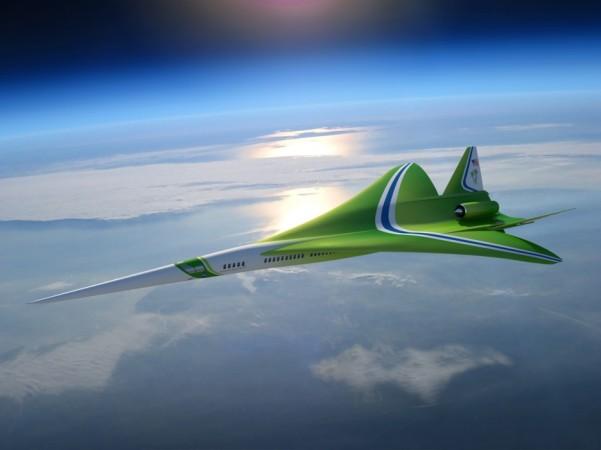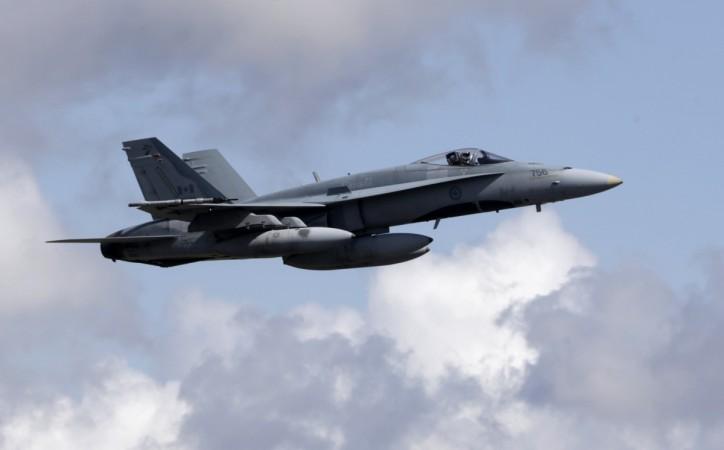
NASA has been working on improving air travel for over four decades now and many of the flight designs, airport and runway innovations, and engine and control systems can be traced back to NASA research.
The space agency's next target seems to be supersonic air travel. While there are a few companies now working on building aircraft that can cut air travel time further, NASA's approach is to cut out the noise, especially the sonic boom that comes from aircraft that exceed the speed of sound. Sonic booms were one of the reasons why the first supersonic commercial jetliner- the Concorde was not really able to maintain its top cruising speeds over land.
A sonic boom is the loud thunder-like sound that happens because of shock waves that are created when an object travelling through the atmosphere travels faster than the speed of sound. According to a report by the MIT Technology Review, air travel in supersonic speeds was banned in the US since 1973, because of the loud noises. To counter this noise problem, the space agency has been hard at work since 2016 in building the X-59, an aeroplane that can fly over Mach 1 or break the sound barrier, but not produce any loud, booming sounds.

Lockheed Martin was to collaborate with NASA for this project and now, reports have emerged saying that by November, flight tests will be conducted over a populated region in Texas to test how silent the aircraft turned out to be. NASA is calling it the "Boom Reduction" technology.
According to the report, from November onwards, F/A-18 Hornets will be create regular sonic booms over the water near Galveston, a town in Texas, as well as quieter sonic "thumps" directly over the town. The quieter thumps will be created using the new technology.
The report mentions that the Hornets can only simulate quieter sonic thumps over a small region. The actual full scale Boom Reduction tech can only be tested on the new plane that is under development by Lockheed Martin. Having said that, the November tests will be useful in testing the concept out.
Noise level readings will be made by NASA as well as at least 500 town residents who have been asked to record their own experiences in the differences they feel between normal booms and the muted thumps.
After the readings are made, the report mentions that results from the experiment will help find out whether the muted thumps are quiet enough to not disturb residential areas. This will help establish a new testing process for the X-59 when it gets built. The data from these teats will be passed on to engineers who are right now working on the supersonic passenger jet.


















